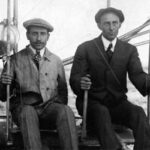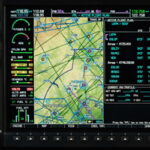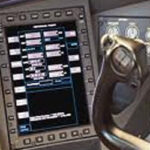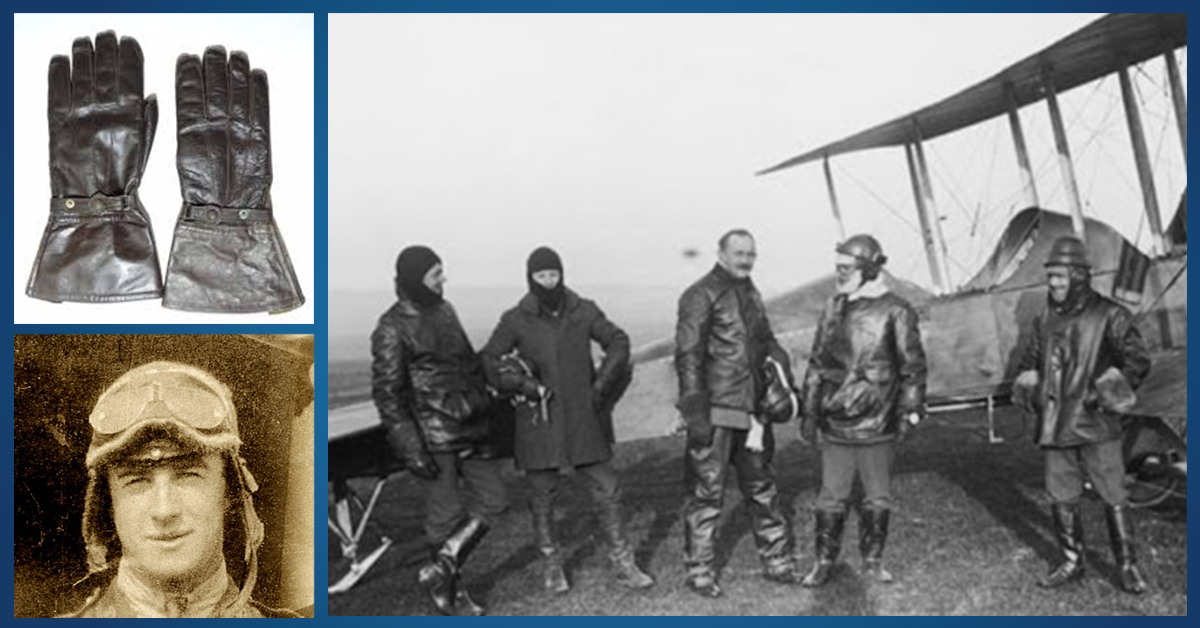When we take a look back in time it’s amazing to see how far we’ve come in the world of aviation, from tweed jackets and scarves to iPads and headsets, things couldn’t be more different today. Lets take a look back in history to see where it all changed.
 1903
1903
Wright Brothers – First Flight
The Wright Brothers took the first powered flight in 1903. They didn’t have GPS or an Electronic Flight Bag (EFB). The only thing they had was their hat (Kangol or top hat) and a full suit and tie!
 1910
1910
Headsets
The first headsets were invented.
 1911 – 1929
1911 – 1929
Basic Needs
The aviators’ basic needs were covered with leather gloves, coats, and hats for wind protection and lined with fur for warmth. Goggles were essential to block from flying debris.
 1930 – 1949
1930 – 1949
Navigation and Saftey Equipment
Image courtesy of www.historicflyingclothing.com
The Luftwaffe Armbandkompasse AK-39 Wrist Compass was issued to all aircrews and worn at the wrist or often seen attached to the schwimmweste (life jacket). The RAF Computor, Height and Air Speed MK.1 was used for plotting routes, predating the more commonly found MK.II & IIA.
 1950 – 1960
1950 – 1960
Rules, Regulations & Communications
During the early stages of aviation, it was assumed that skies were too big and empty to worry about two planes colliding. However, the increasing popularity for both military and civilian aviation sparked the creation of the Federal Aviation Administration (FAA). This lead to the development of increased communications, since you needed to be in constant communication with Air Traffic Control (ATC). With the advent of portable radios small enough to be placed in planes, pilots were able to communicate both air-to-ground and air-to-air.
 1989
1989
Noise-Cancelling Headsets
This improved communication between pilots and ATC, thus reducing miscommunication and hearing problems.
 1990
1990
EFB Precursors
In the 1990s, individual pilots began using their personal laptops and common software,such as spreadsheets and word processing applications, to perform functions such as weight and balance calculations and filling out operational forms.
 1995
1995
Global Positioning Systems
Imagine navigating through the skies without a GPS. Early methods of navigation relied entirely on maps, instruments and line of sight. However no pilot in today’s world would be caught without a GPS. It has completely revolutionized aviation.
 1999
1999
Electronic Kit Bag
The first true EFB, designed specifically to replace a pilot’s entire kit bag, was patented by Angela Masson as the Electronic Kit Bag (EKB).
 2011
2011
Mobile Applications
The invention of the tablet and application development aviation apps, such as ForeFlight, began revolutionizing the everyday pilot’s flight bag.
While the evolution of the flight bag over the past century has taken enormous strides, aviation safety is always the most important. Always know the fundamentals of aviating, navigating, and communicating when flying an aircraft.










